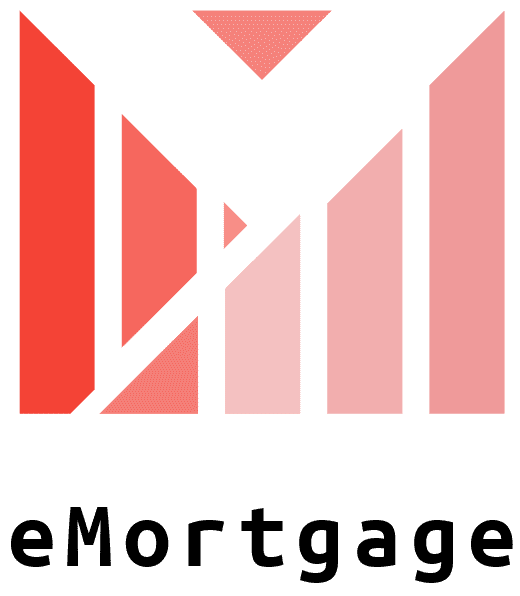Introduction: The Role of Mortgage Loans
Mortgage loans are the cornerstone of homeownership, enabling individuals and families to achieve the dream of owning their own property. This article explores the world of mortgage loans, covering the basics, types, and the significant impact they have on the real estate market and personal finances.
Demystifying Mortgage Loans
Mortgage loans are financial instruments that facilitate the purchase of real estate by providing borrowers with the necessary funds. They come in various forms:
1. Fixed-Rate Mortgages
Fixed-rate mortgages offer a stable interest rate throughout the loan term, making monthly payments predictable.
2. Adjustable-Rate Mortgages (ARMs)
ARMs feature interest rates that may fluctuate over time, often with an initial fixed-rate period.
3. FHA Loans
FHA loans are government-insured mortgages, typically requiring lower down payments and offering more flexible qualifying criteria.
4. VA Loans
VA loans are available to eligible veterans and active-duty service members, offering favorable terms and often requiring no down payment.
The Significance of Mortgage Loans
Mortgage loans play a pivotal role in the real estate market and personal finance:
1. Homeownership
They make homeownership accessible by allowing individuals to spread the cost of a home over several decades.
2. Real Estate Market Stability
Mortgage loans contribute to the stability of the real estate market by increasing property demand and liquidity.
3. Wealth Building
Over time, homeowners build equity in their homes, which can serve as a valuable asset and source of financial stability.
4. Economic Impact
The availability and health of the mortgage market can have broader economic implications, influencing consumer spending and economic growth.
The Mortgage Loan Process
Securing a mortgage loan involves several key steps:
1. Pre-Approval
Prospective borrowers seek pre-approval from lenders to determine their budget and demonstrate their seriousness to sellers.
2. Property Search
Homebuyers search for properties within their budget and preferences.
3. Loan Application
Borrowers formally apply for a mortgage, providing financial documents and personal information to lenders.
4. Underwriting
Lenders assess the borrower’s creditworthiness and property value to determine if the loan should be approved.
5. Closing
The final step involves signing the loan documents and transferring ownership.
Conclusion
Mortgage loans are the financial bedrock of homeownership, making it possible for countless individuals and families to establish roots and build wealth through real estate. Understanding the nuances of mortgage loans, including the types available and the loan process, is essential for anyone considering the purchase of a home or investment property.



